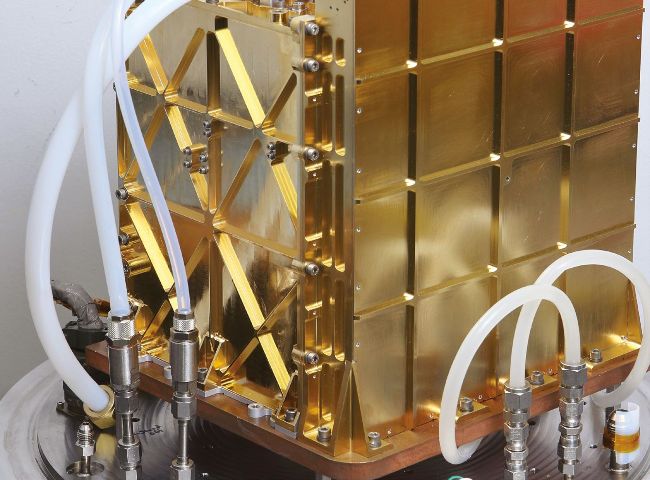IN-SITU RESOURCE UTILISATION

An engineering model of MOXIE used for testing
Though the ISS recycles as much as possible, it still requires regular shipments of water, oxygen and other supplies from Earth. At around 250 miles altitude, it’s close enough to make regular resupply missions practical. But that won’t always be the case for future space endeavours, such as trips to Mars or a permanent base on the Moon. In such cases, it will be much easier if all the necessities – including air for breathing – can be sourced locally. This is the idea behind in-situ resource utilisation, or ISRU, the practice of collecting, processing, storing and using resources on other astronomical bodies instead of shipping them all the way from Earth.
When NASA’s Perseverance rover touched down on Mars in February 2021, it carried a small-scale ISRU demonstrator called the Mars Oxygen In-Situ Resource Utilization Experiment (MOXIE), designed to convert CO2from the thin Martian atmosphere into breathable oxygen, which it can do at roughly the same rate as a small tree on Earth. If successful, a much larger version of MOXIE could be placed on Mars to create a store of oxygen that would be ready and waiting prior to the first human landing.